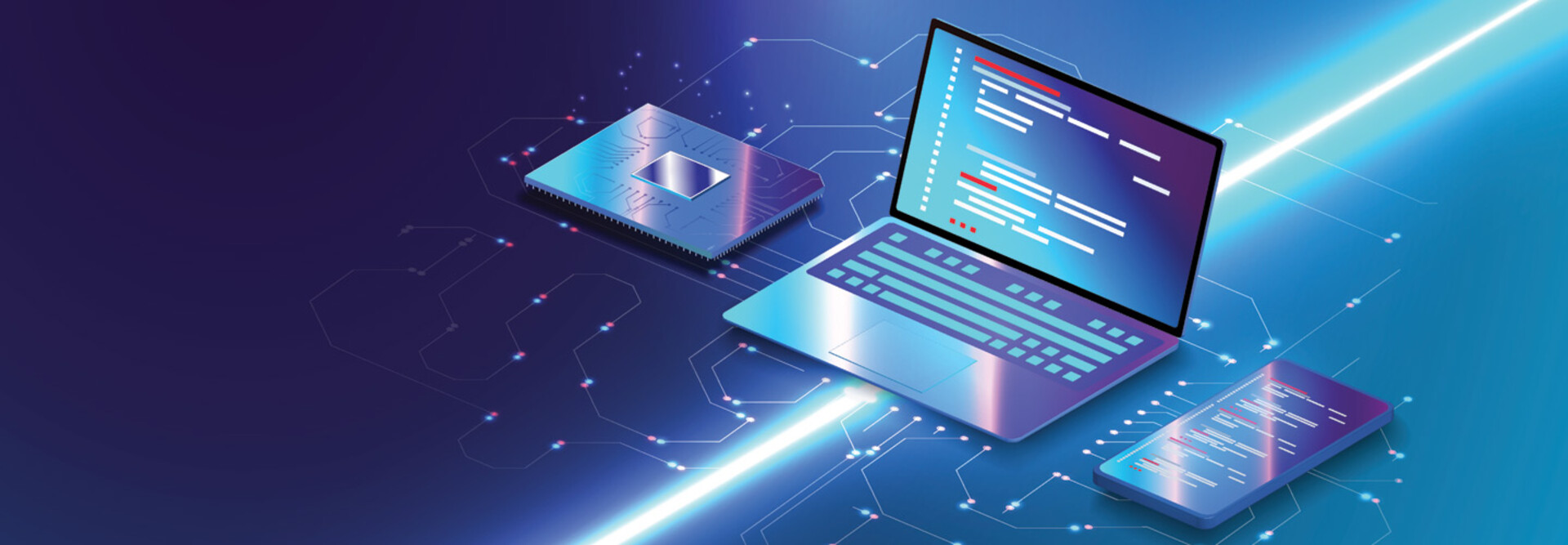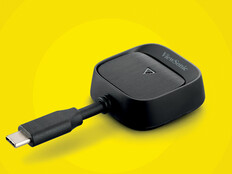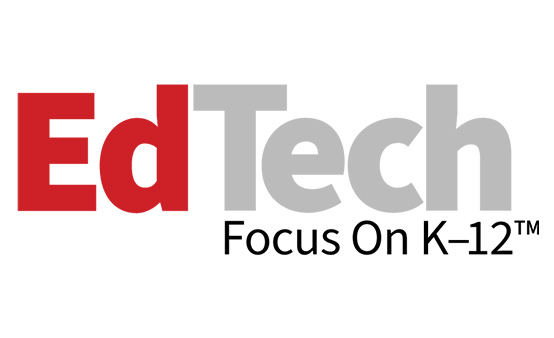Compared with central processing units (CPUs), which are general-purpose processors for various computational tasks, or graphics processing units (GPUs), which process graphics and large-scale AI model training, “NPUs are built to process AI workloads efficiently and directly on the device, without relying heavily on the cloud,” says Alex Thatcher, senior director of AI experiences and cloud clients for HP.
Why Are Laptops Being Built With NPUs?
Whereas cloud servers or data centers traditionally handle the heavy lifting for AI tasks, laptops are now being built with NPUs to handle AI workloads locally. As AI grows, there is an increased need for “on-device AI.”
“AI workloads, especially those involving natural language processing, computer vision or real-time inference, are computationally intensive,” says Deirdre Quarnstrom, vice president of Microsoft Education. NPUs can handle this.
By comparison, on devices without NPUs, the CPU or integrated GPU is responsible for processing AI features. This results in slower performance, increased power consumption and reduced battery life, particularly for tasks such as live video effects (like background blur or eye contact correction) or real-time language translation. On devices with NPUs, these tasks are carried out faster and more efficiently because the NPU rapidly processes the AI algorithms, freeing up the CPU and the GPU.
LEARN MORE: Advanced processors support the rise of ‘invisible’ AI.
Functions that use AI and are programmed to use the NPU lead to “staggering increases in speed, especially for photo and video editing tools,” Thatcher says. “Devices with NPUs process AI tasks locally, providing faster responses, smoother performance and better protection of sensitive data.”
What Are the Benefits of NPUs?
The benefits of devices with NPUs are many, Thatcher and Quarnstrom say, including extended battery life, improved privacy (because data remains on the device itself), significantly lower power consumption and faster, real-time responsiveness (as there is no reliance on the internet).















